
VANITOUS SPECTRE _____ 12.07.2025 – 03.08.2025
Nymphenburg Palace, Iron House, Munich, DE
The exhibition Vanitous Spectre at the Iron House of Nymphenburg Palace brings together works by artists Georg Dahled and Sofiia Yesakova. On view are new productions by Dahled created specifically for the exhibition, as well as both recent and earlier works by Yesakova. At the center of the show is an artistic engagement with spatial structures, placements, and their consciously orchestrated arrangements. With distinct approaches, the two artists create a finely woven network of relations within the light-filled glass architecture of the Iron House. These relationships reference both the site of the exhibition. Nymphenburg Palace with its multilayered history and overarching themes such as illusion, threat, and tragedy. The works integrate sensitively with the building’s unique architecture: originally built in 1807 as a greenhouse for King Maximilian I Joseph’s exotic plants, it was destroyed by fire in 1867 and subsequently rebuilt by Carl Mühlthaler as a structure of iron and glass—thus earning the name Iron House. Despite the associations of solidity and hardness the name evokes, the building is characterized by transparency, light, and a sense of weightlessness.
This tension between function and appearance is also reflected in Georg Dahled’s three white standing tables. Usually sites for conversation and gathering, these tables are stripped of their familiar function. On black-and-white tablecloths, they display complex arrangements of towering objects in various formats and materials. Dahled’s compositions resemble abstract, yet rigid landscape models, sometimes systematic, sometimes seemingly arbitrary. On one table, the surface becomes a stage for a game: small conical playing pieces, arranged in a triangular formation, refer to the game Nim, specifically its so-called “Marienbad variant.” This reference directly points to Alain Resnais’ influential 1961 film L’Année dernière à Marienbad, which—despite its title—was filmed largely in Munich, including Nymphenburg and Schleißheim. Dahled’s work evokes the film’s iconic image: the view from the palace overlooking its symmetrical garden. At the same time, the inclusion of one single red lava lamp introduces an associative link to the psychedelic aesthetics of the 1960s and their notions of expanded consciousness.
Sofiia Yesakova’s central work, from her series Cargo 200. Experimental Projections on Surfaces, picks up on this interplay of history and imagination. In this series, the artist addresses the gradual disappearance of emotional resonance in the face of repeated violence. The title refers to the military code for the transport of fallen soldiers. Yesakova’s work captures a state suspended between tension and paralysis. There is no comfort, no narrative, only a quiet confrontation with a repressed tragedy. Her series Blind Zone, executed using traditional icon-painting techniques, deliberately omits any figurative representation. Instead, reflective surfaces offer diffuse self-images. Blurred, distorted, unreliable. These surfaces evoke digital screens and function metaphorically as symbols of an information overload that suppresses empathy. The supposed clarity of media statistics turns suffering into abstraction: when people die, only numbers remain. The repetition of nearly identical panels erases individual meaning and reveals the desensitization that ongoing crisis can provoke. In the series Ugly Scenes. Nuances, Yesakova explores the bureaucratization of remembrance. Vertical structures and rhythmic lines recall lists, administrative forms, and the ordering logic of historical narratives. Echoes of Soviet war memorials—massive forms, large surfaces, collective gestures—now appear distant and alien. Black pigment overlays image details, causing motifs to vanish into darkness and suggesting a kind of visual self-censorship in which emotions must remain hidden rather than shown. The exhibition unfolds a dense web of references, historical echoes, and mediated reflections. Within the specific architecture of the Iron House, it enters into dialogue with past and present, with collective memory and individual perception. Georg Dahled and Sofiia Yesakova employ different artistic strategies to make visible the fragility of reality and the instability of meaning-making. The titular Vanitous Spectre weaves through the entire exhibition as a fleeting, ambivalent figure. A manifestation of the deceptive, the alluring, and the forgotten always present, never fully graspable.
Text by Georg Dahled on the exhibition Vanitous Spectre
Duo exhibition with artist Georg Dahled
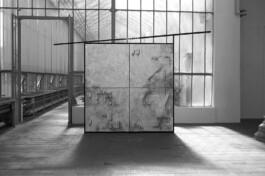
Cargo 200. Experimental projections on surfaces. 4.1., 205 × 205 × 8 cm, Acrylic, gesso, gelatin, pine wood planks and wood board, 2023
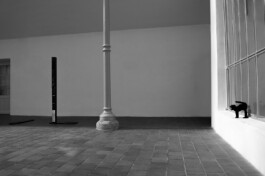
Installation view alongside Georg Dahled’s work
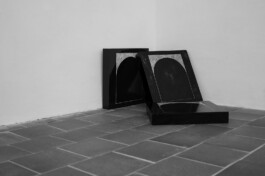
Blind Spot. 1.1-1.3., Acrylic, gesso, gelatine, wood board, lacquer, 40 × 40 × 5 cm(x3), 2023
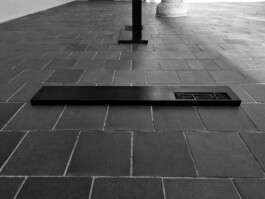
Ugly scenes. Nuances 1.1., 175 × 10 × 10 cm, 70 × 40 cm, 100 × 25 cm, Acrylic, gesso, gelatin, wooden boards, black lacquer, 2024. Close-up
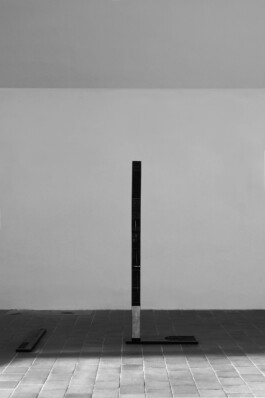
Ugly scenes. Nuances 1.1., 175 × 10 × 10 cm, 70 × 40 cm, 100 × 25 cm, Acrylic, gesso, gelatin, wooden boards, black lacquer, 2024
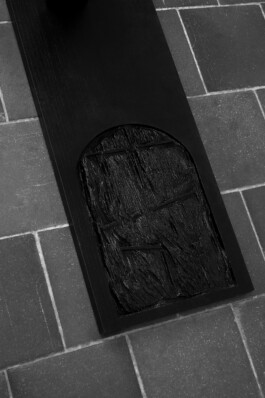
Ugly scenes. Nuances 1.1., 175 × 10 × 10 cm, 70 × 40 cm, 100 × 25 cm, Acrylic, gesso, gelatin, wooden boards, black lacquer, 2024. Close-up
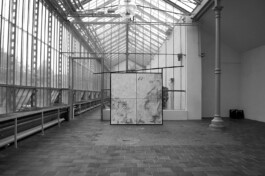
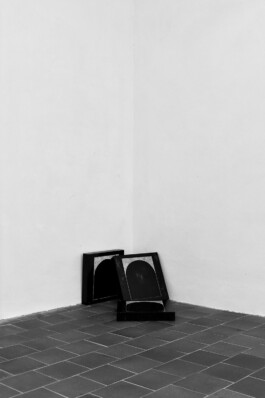
Blind Spot. 1.1-1.3., Acrylic, gesso, gelatine, wood board, lacquer, 40 × 40 × 5 cm(x3), 2023
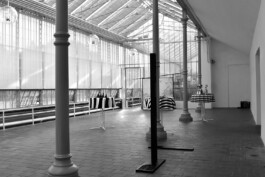
Installation view alongside Georg Dahled’s works
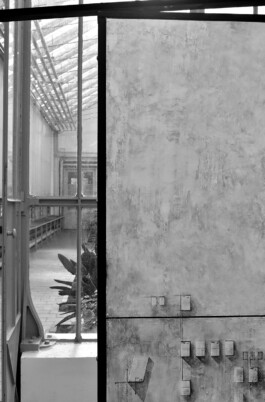
Cargo 200. Experimental projections on surfaces. 4.1., 205 × 205 × 8 cm, Acrylic, gesso, gelatin, pine wood planks and wood board, 2023. Close-up